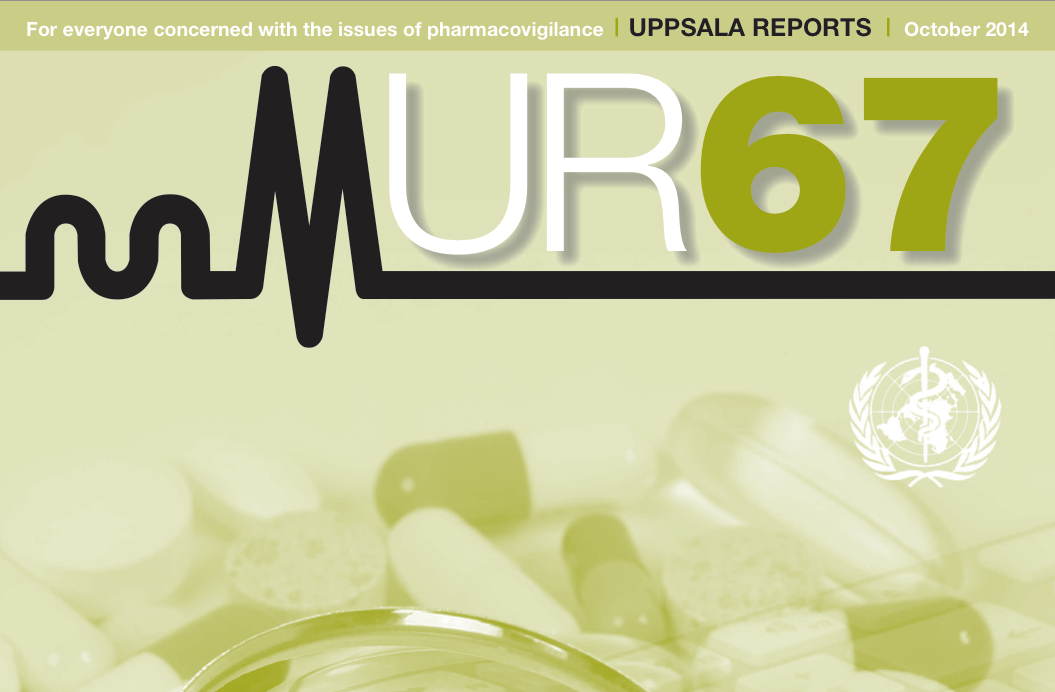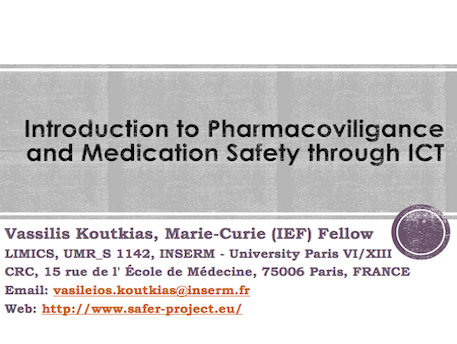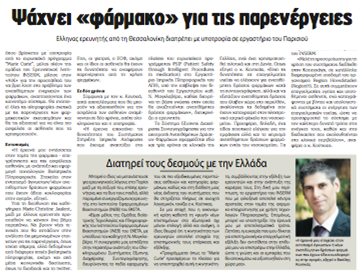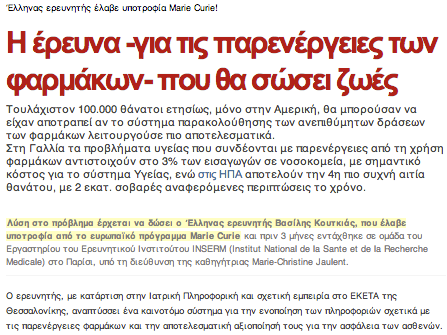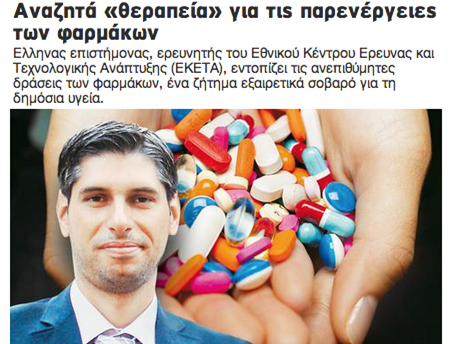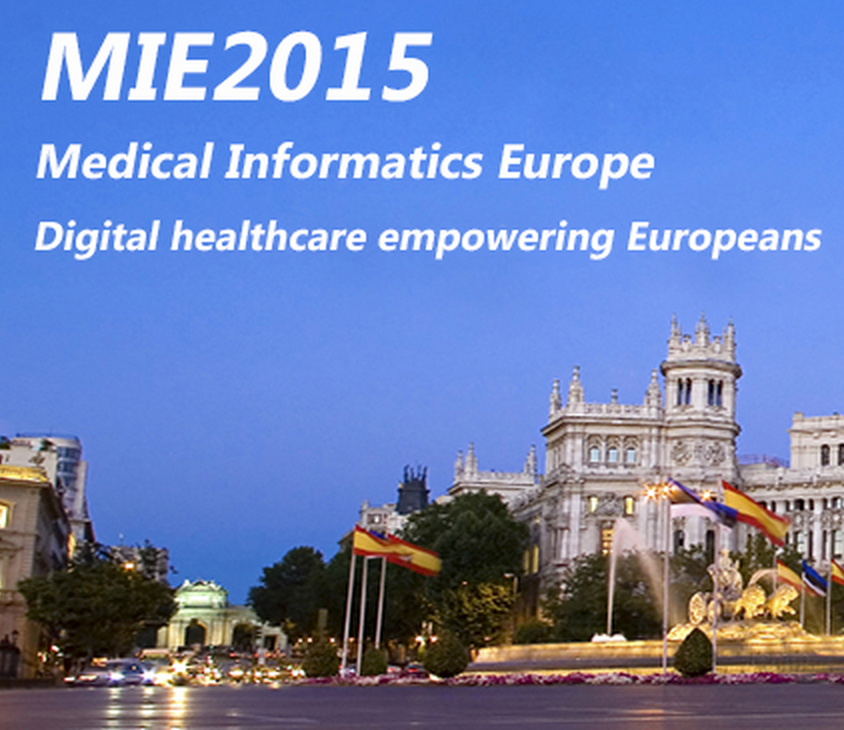Background and Problem Statement
The identification of drug safety risks, such as Adverse Drug Events (ADEs) and Adverse Drug Reactions (ADRs) is a significant priority worldwide. The procedures of drug surveillance and risk prevention are studied by the scientific area of pharmacovigilance. Information Technologies play a key role in achieving the goals of pharmacovigilance by introducing data and knowledge engineering methods for signal (i.e. "any information - reported or computationally extracted - on a possible causal relationship between a drug and an adverse effect") detection and management.
To this end, various data sources of potential signals are being explored, such as: (a) Spontaneous Reporting Systems (SRSs), through which observed cases are voluntarily reported by healthcare professionals to regulatory authorities and other bodies; (b) observational databases, e.g. Electronic Health Records, which are exploited for the identification of causal relationships between groups of problematic clinical conditions and suspected drugs, and (c) free-text resources, with scientific literature and patient self-reports being typical examples.
Due to the importance of drug safety and the limitations of each signal source, the need for increased drug surveillance through the synthesis of all possible information sources has been argued by international bodies, such as the European Medicines Agency (EMA), the European Commission, and highlighted in the literature. However, the heterogeneity, the fragmentation and the lack of standardised / well-defined interfaces characterizing the available data sources and the signal detection methods avert the realisation of such a synthesis.

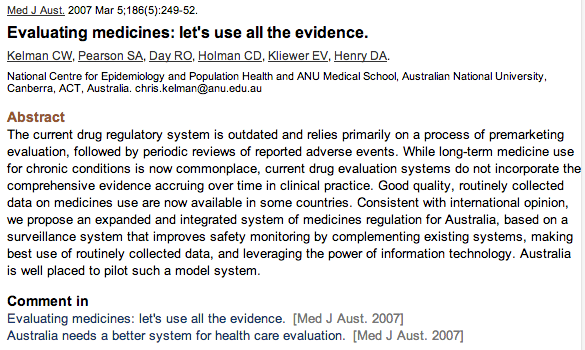
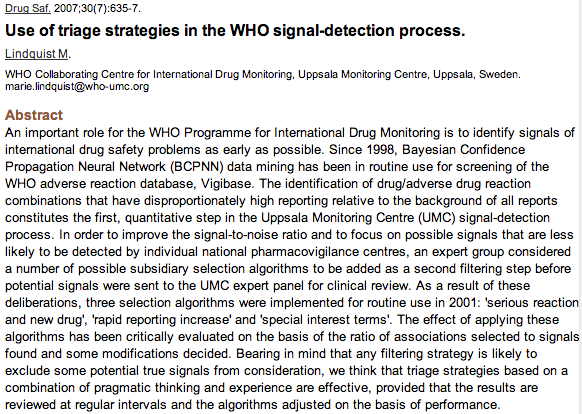

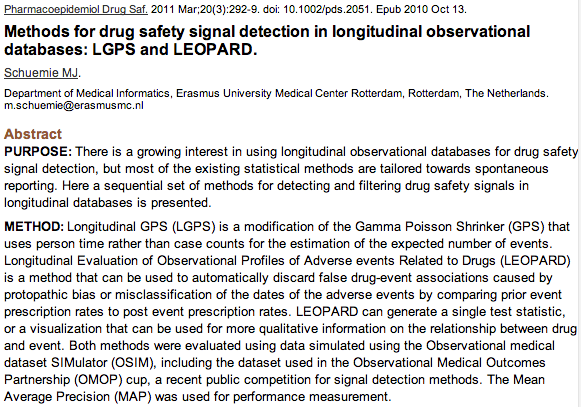



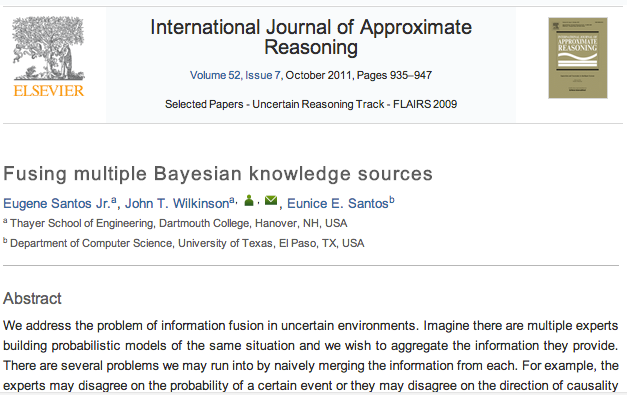
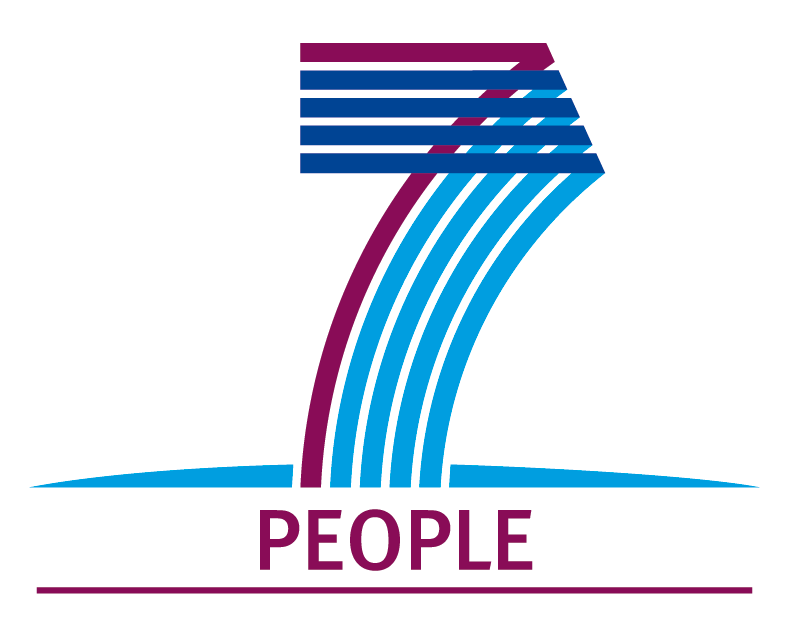
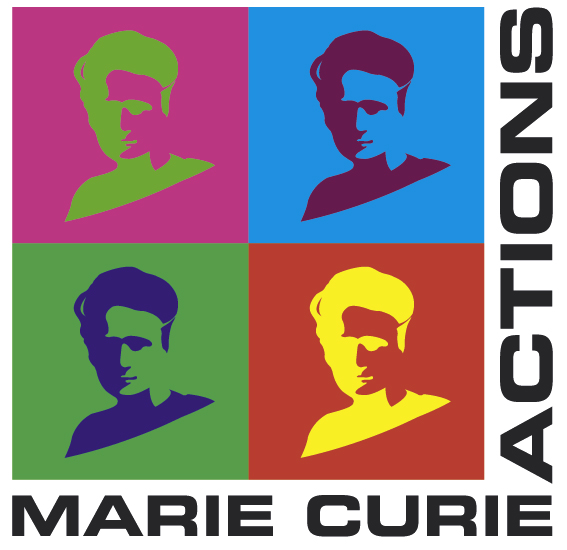
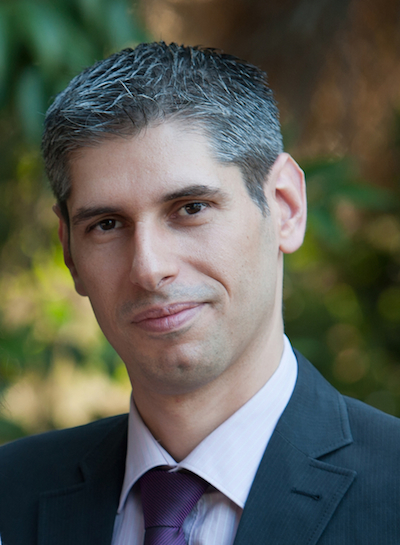 Vassilis G. Koutkias received the diploma in electrical and computer engineering in 1998 and the M.Sc. and Ph.D. degrees in medical informatics in 2001 and 2005, respectively, all from the
Vassilis G. Koutkias received the diploma in electrical and computer engineering in 1998 and the M.Sc. and Ph.D. degrees in medical informatics in 2001 and 2005, respectively, all from the  Marie-Christine Jaulent is a Research Director at the French national medical research institute (
Marie-Christine Jaulent is a Research Director at the French national medical research institute (

